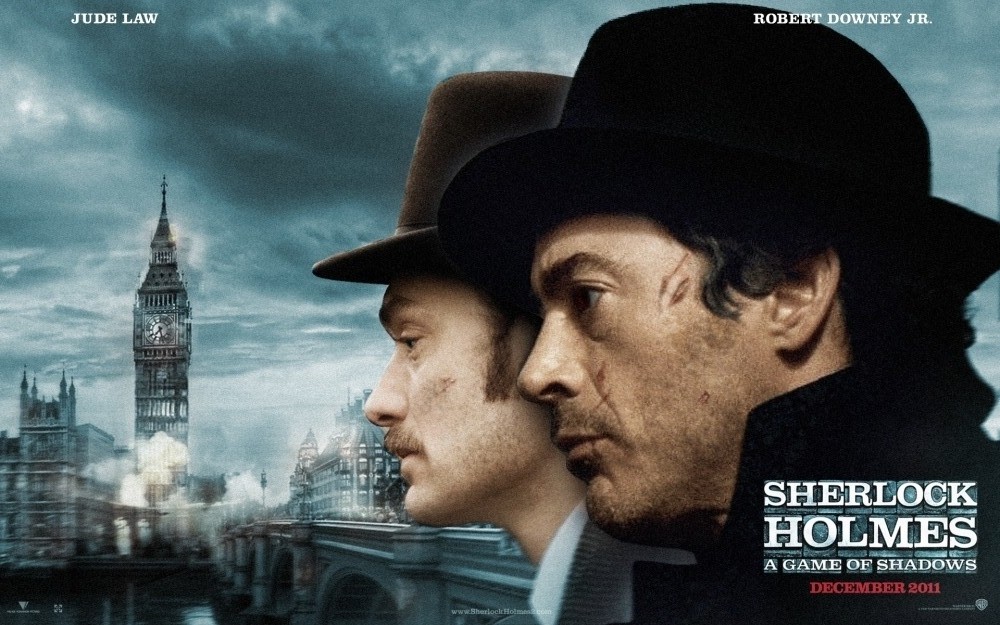
The two actors have established a certain chemistry by this point that not only sells Holmes and Watson’s friendship but gives the impression that we’re being allowed in on a private joke. Had these supporting players actually been permitted to act, it almost certainly would have upstaged Ferrell’s self-conscious technique of mugging to camera - which feels slightly less odd when Reilly is there, pretending to be his audience.
REVIEW SHERLOCK NY TIMES MOVIE
And so the movie squanders Ralph Fiennes as Moriarty, Hugh Laurie (who played Watson opposite Stephen Fry’s Holmes) as Sherlock’s older brother Mycroft, and Steve Coogan as a one-armed tattoo artist (a colorful full-Cockney creation who very nearly steals the show). While Ferrell and Reilly are riffing on their usual routine, alternating between slapstick (trying to kill a mosquito before unleashing a case of killer bees) and silly improv (as in a long string of faux-19th-century synonyms for “onanism”), Cohen has assembled an impressive cast of British thespians whose only requirement appears to be keeping straight faces while the co-stars cut up. Instead of further investigating Holmes’ gift for logic as an especially extreme case of over-compensation, the script settles for feel-good buddy-movie treacle, suggesting that shutting down his feelings as a child later causes him to take his closest friend for granted (allowing Reilly to play a version of the same slighted-bestie dynamic in the Laurel and Hardy biopic “Stan & Ollie”). How many of the world’s great minds were motivated by bullies? It would have been smart to explore what makes Holmes tick (in the books, he’s so often portrayed as a one-dimensional savant), but that’s as far as the movie takes the idea. This is also where Sherlock learns to suppress his emotions after being humiliated by a gang of cruel classmates, literally forcing the tears back up his cheeks. The film’s most inspired scene occurs before either actor appears, opening with an origin-story flashback to Holmes’ boarding school past: It’s elementary where he meets his dear Watson.

and Jude Law as Holmes and Watson felt risky, whereas in writer-director Etan Cohen’s version, the joke begins and ends with the concept of Ferrell and Reilly as these two characters.

Is it funny, for instance, to spend an entire movie watching Ferrell’s Holmes try on various hats, knowing that eventually Reilly, as Watson, is bound to steer him toward his trademark deerstalker? And what’s the point in teasing the elaborate mental calculations needed to disable a boxing adversary when that particular device was treated with tongue in cheek nine short years ago, when Guy Ritchie concocted it for his own “Sherlock Holmes” reboot? At least in that case, the casting of Robert Downey Jr.


 0 kommentar(er)
0 kommentar(er)
